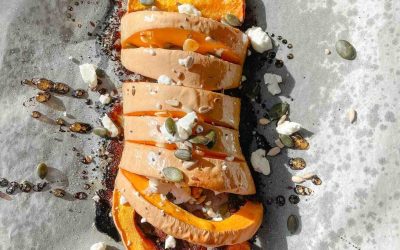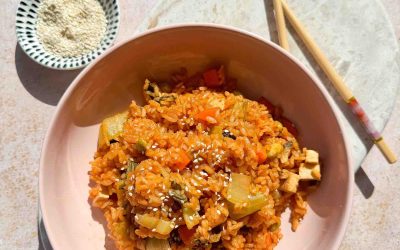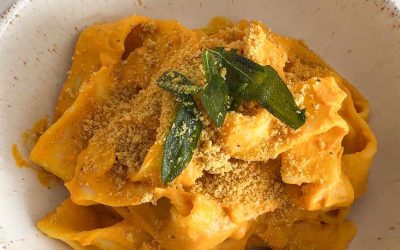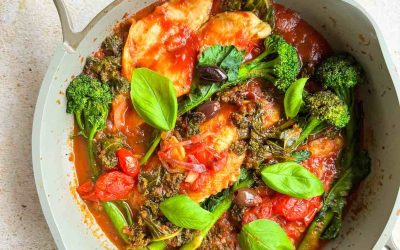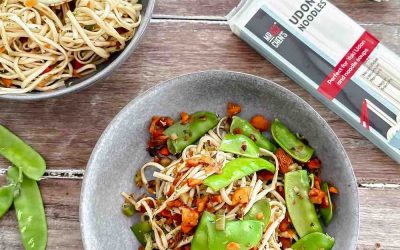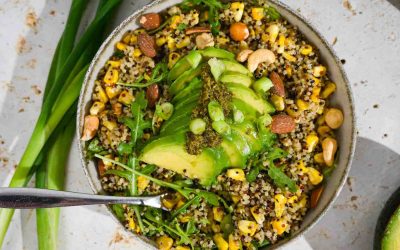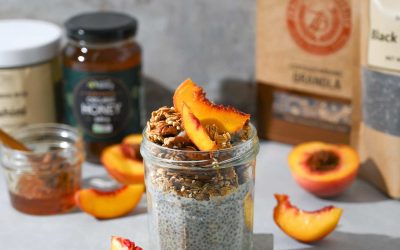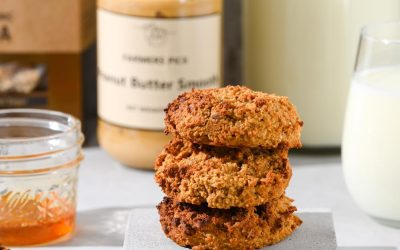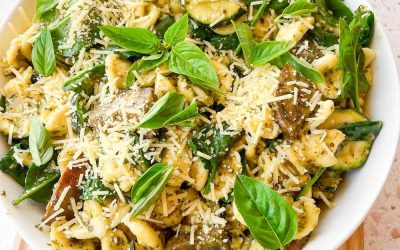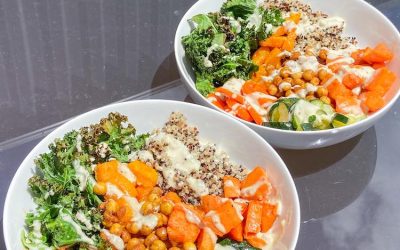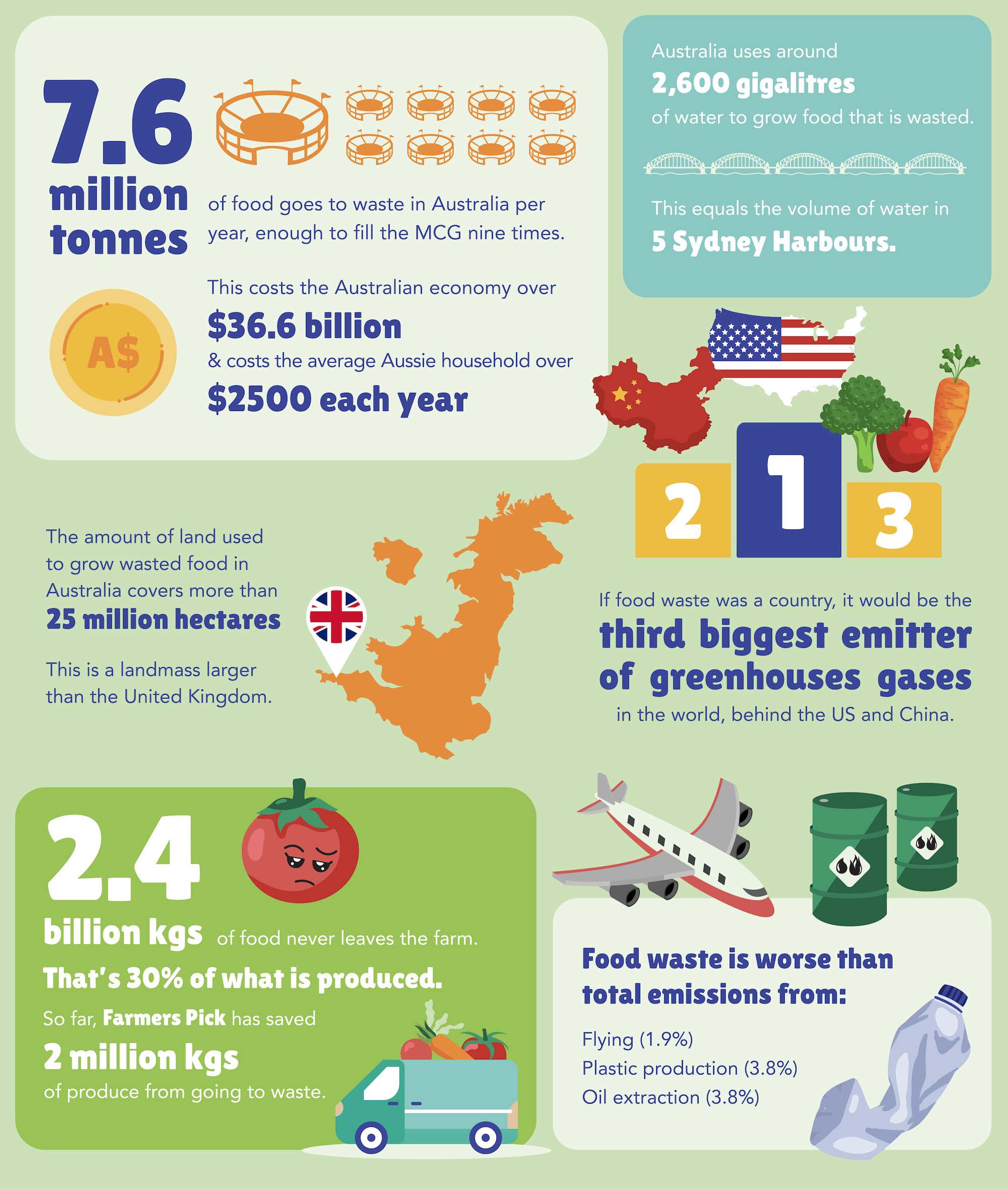HASSELBACK PUMPKINBy Director - Josh Ball · Last updated Friday, 24th May 2024 · 3 min readCheck out all of our posts!<< Back to blog

KID-FRIENDLY FRUIT RECIPES: TASTY BITES FOR YOUNG FOODIES
Kid-Friendly Fruit Recipes: Tasty Bites for Young Foodies
By Director – Josh Ball · · 5 min read
Healthy Eating for Growing Kids
You can’t underestimate the power of healthy eating when it comes to a child’s growth and development. Fresh fruit plays a vital role: fruits are rich in vitamins, minerals, and fibre, contribute to a well-rounded diet, and enhance overall health.
Introducing a variety of fruits into your child’s daily routine early in life fosters lifelong healthy eating habits – and a lifelong enjoyment of the flavours of fruit. This supports physical growth and aids in cognitive development and immune system strength. A fruit-rich diet can help to prevent chronic diseases and digestive problems later in life.
Kids can be notoriously fussy eaters – you may need to get creative when it comes to getting them to eat the required amount of fruit for a healthy diet. Don’t be afraid to use a cookie cutter to make fruit into exciting shapes for your kids or create fun pictures and patterns when displaying it on their plates. Here are some suggestions from our team on getting your kids excited to eat fruit!
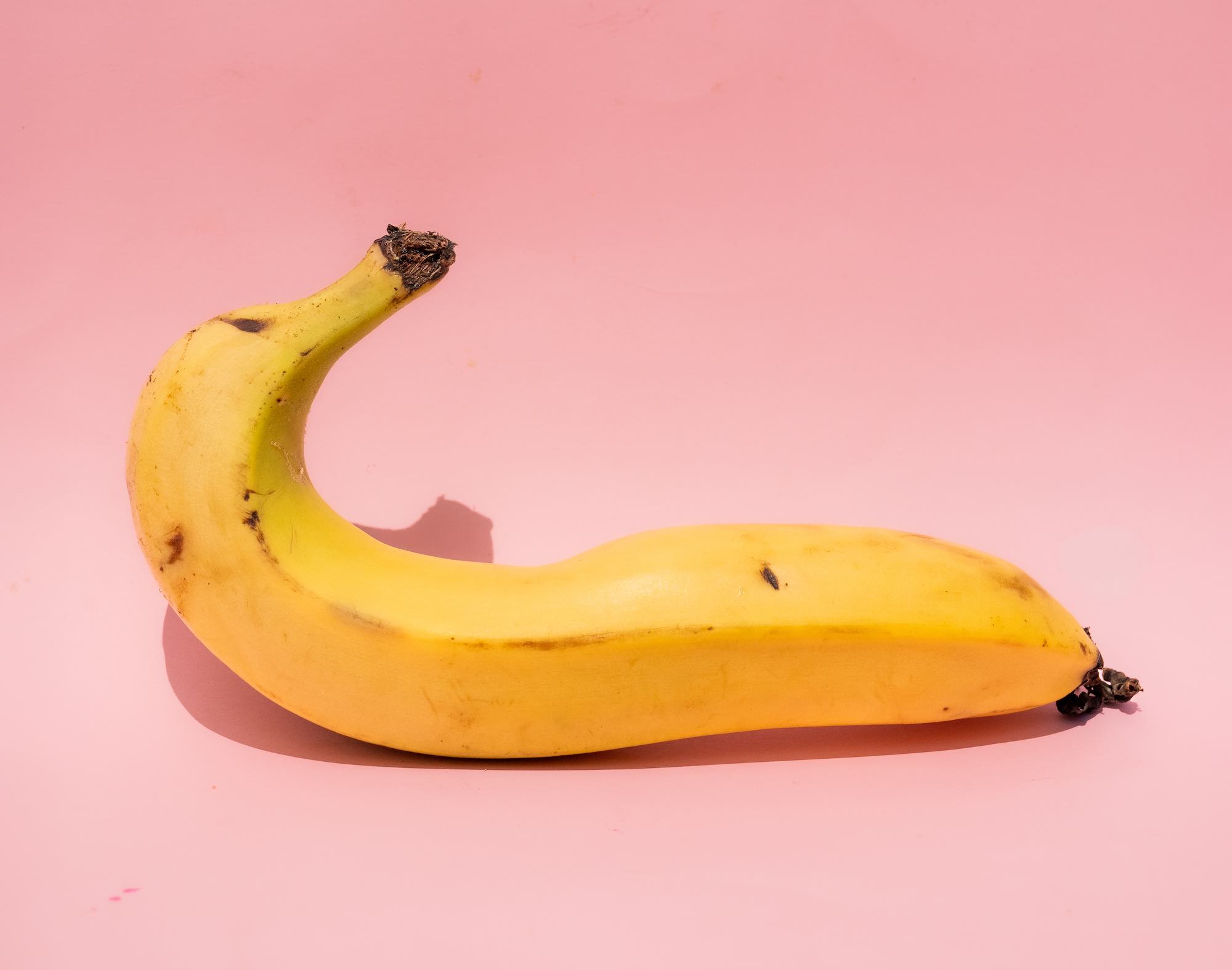
Sensational fruit smoothie recipes for kids
The first of our suggestions for creative food snacks for children is smoothies! An easy way to combine several different fruits (and some sneaky veg!), here are a couple of recipe ideas to get you started:
Berry Blast Smoothie
Combine mixed berries (strawberries, blueberries, raspberries) with a banana, greek yoghurt and orange juice for a smooth and creamy smoothie packed with antioxidants, potassium and protein. The sneaky addition of spinach (almost tasteless here) ensures they get their greens, making this smoothie a nutritional powerhouse!
Tropical Mango Tango
This fruit drink recipe is one kids will love in the summer months: combine mango, pineapple chunks, a banana and coconut milk (with a squeeze of lime juice). The zesty twist makes it extra refreshing for those warmer days, and the smoothie contains vitamins A and C. You’ll want to make a bit extra for yourself.
Green Apple Avocado Smoothie
A green smoothie isn’t the obvious choice for small kids, but this one is a refreshing and nutritious option for those who love a slightly tart taste and has many hidden greens. Combine chopped apple, some ripe avocado, cucumber, apple juice, honey to taste, and a handful of fresh spinach or kale. The crisp flavour of the apple and the creaminess of the avocado and honey will mask the task of the spinach or kale, but including it means your kid still gets a boost of iron, other vitamins and healthy fats when you serve them this smoothie.

Creative Fruit Snack Ideas for Your Kids
Sometimes, presentation is the secret to getting kids excited to eat more fruit! Here are some suggestions for turning even the most common apple or pear into something exciting – and healthy!
Rainbow Fruit Kebabs
Skewer various colourful fruits like strawberries, grapes, pineapple, and kiwi on kebabs. It’s an easy way to turn a fruit salad for kids into a fun new snack rich in vitamins.
Apple Peanut Butter Sandwiches
Slice apples into thin rounds, removing the core. These layers will be your ‘sandwich bread’! Add peanut butter to one slice, before placing another on top. These sandwiches offer a crunchy, sweet, and nutty taste, combining the goodness of fruit with the protein of peanut butter.
Banana Sushi
Peel a banana and spread a thin layer of almond butter over it. Roll in crushed cereal, then slice into sushi-sized pieces. This inventive snack is a delightful way to enjoy fruit with a playful twist.
Homemade Fruit Popsicles and Frozen Treats
Homemade frozen fruit treats are an excellent option for kids, as they make for a healthy dessert option and a cool treat in the summer. Grab your blender and some popsicle moulds, and you’re ready to go! We recommend trying strawberry and kiwi or watermelon and mint popsicles or combining your favourite Greek yoghurt with fresh mango for a creamy treat.

Fruit-Inspired Breakfast Recipes
The day’s most important meal is also one of the most versatile. It’s easy to combine fruit into breakfast meals for kids – here are a couple of options for you to try at home.
Mixed Berry Oatmeal
Cook oats with milk and top with fresh berries, a sprinkle of cinnamon, and a dollop of Greek yoghurt. This hearty breakfast is packed with fibre and antioxidants, providing a nutritious start to the day.
Fruity Pancakes
Add mashed bananas and blueberries or pureed apple and cinnamon to your pancake batter for a fruity twist. These pancakes are not only delicious but also offer a great way to include fruit in a classic breakfast dish – and they’re another parent-friendly one, too!

Find all the fruit you need with Farmers Pick
Once you start getting creative with fruit, it’s hard to stop! If you’ve enjoyed these healthy, kid-friendly fruit recipes, head to the Farmers Pick blog for more inspiration! You’ll find plenty of simple suggestions for weaving more fruit and vegetables into your meals. Explore the recipes, tips and tricks online today.
Check out all of our posts!
HASSELBACK PUMPKIN
RICE COOKED FRIED RICE & GREENS
RICE COOKED FRIED RICE & GREENSBy Director - Josh Ball · Last updated Friday, 10th May 2024 · 3 min readCheck out all of our posts!<< Back to blog
BANANA, APPLE AND CARROT LOAF
BANANA, APPLE AND CARROT LOAFBy Director - Josh Ball · Last updated Friday, 3rd May 2024 · 3 min readCheck out all of our posts!<< Back to blog
POMEGRANATE AND HALLOUMI
POMEGRANATE AND HALLOUMIBy Director - Josh Ball · Last updated Friday, 12 April 2024 · 3 min readCheck out all of our posts!<< Back to blog
VEGAN PUMPKIN PAPPARDELLE
VEGAN PUMPKIN PAPPARDELLE By Director - Josh Ball · Last updated Tuesday, 09 April 2024 · 3 min readCheck out all of our posts!<< Back to blog
ONE POT PUTTANESCA INSPIRED FISH
ONE POT PUTTANESCA INSPIRED FISHBy Director - Josh Ball · Last updated Tuesday, 09 April 2024 · 3 min readCheck out all of our posts!<< Back to blog
SWEET & SAVOURY STIR FRIED UDON NOODLES
SWEET & SAVOURY STIR FRIED UDON NOODLESBy Director - Josh Ball · Last updated Friday, 28 March 2024 · 3 min readCheck out all of our posts! << Back to blog
CRUNCHY QUINOA PESTO SALAD
CRUNCHY QUINOA PESTO SALADBy Director - Josh Ball · Last updated Friday, 22 March 2024 · 3 min readCheck out all of our posts! << Back to blog
CREAMY OVERNIGHT HONEY CHIA PORRIDGE
CREAMY OVERNIGHT HONEY CHIA PORRIDGEBy Director - Josh Ball · Last updated Friday, 22 March 2024 · 3 min readCheck out all of our posts! << Back to blog
PEANUT BUTTER GRANOLA HONEY COOKIES
PEANUT BUTTER GRANOLA HONEY COOKIESBy Director - Josh Ball · Last updated Friday, 08 March 2024 · 3 min readCheck out all of our posts! << Back to blog
LARA JACOB’S EGGPLANT TART
LARA JACOB’S EGGPLANT TARTBy Director - Josh Ball · Last updated Friday, 28 Feb 2024 · 3 min readCheck out all of our posts! << Back to blog
